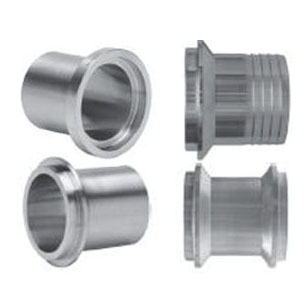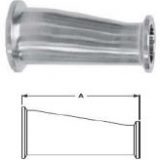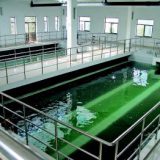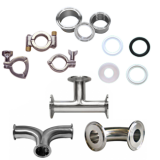A threaded pipe has a thread at one or both ends for assembly. Steel pipes are often assembled with threaded connections. The tapered threads are cut at the end of the pipe, the sealant is applied as a sealing compound or sealing tape and the pipe is threaded into a threaded sanitary fitting with a pipe wrench.

Threaded steel pipes are widely used in buildings to transport natural gas or propane, and they are a popular choice in fire sprinkler systems because of their resistance to mechanical damage and high heat. Threaded steel pipes can still be used in high security locations because they are more resistant to vandalism, are more difficult to remove and have a lower scrap value than copper or brass.
Assembling a threaded steel pipe requires skill and planning to allow threads to be screwed in order. Most threaded piping systems require the use of strategically located pipe fittings in the final assembly. Threaded steel pipe is heavy and requires proper fastening to support the surfaces. Despite its thick walls, steel pipes are no longer favored for transporting drinking water, because corrosion can cause leaks, especially at threaded joints, and deposits on internal surfaces eventually limit flow.


